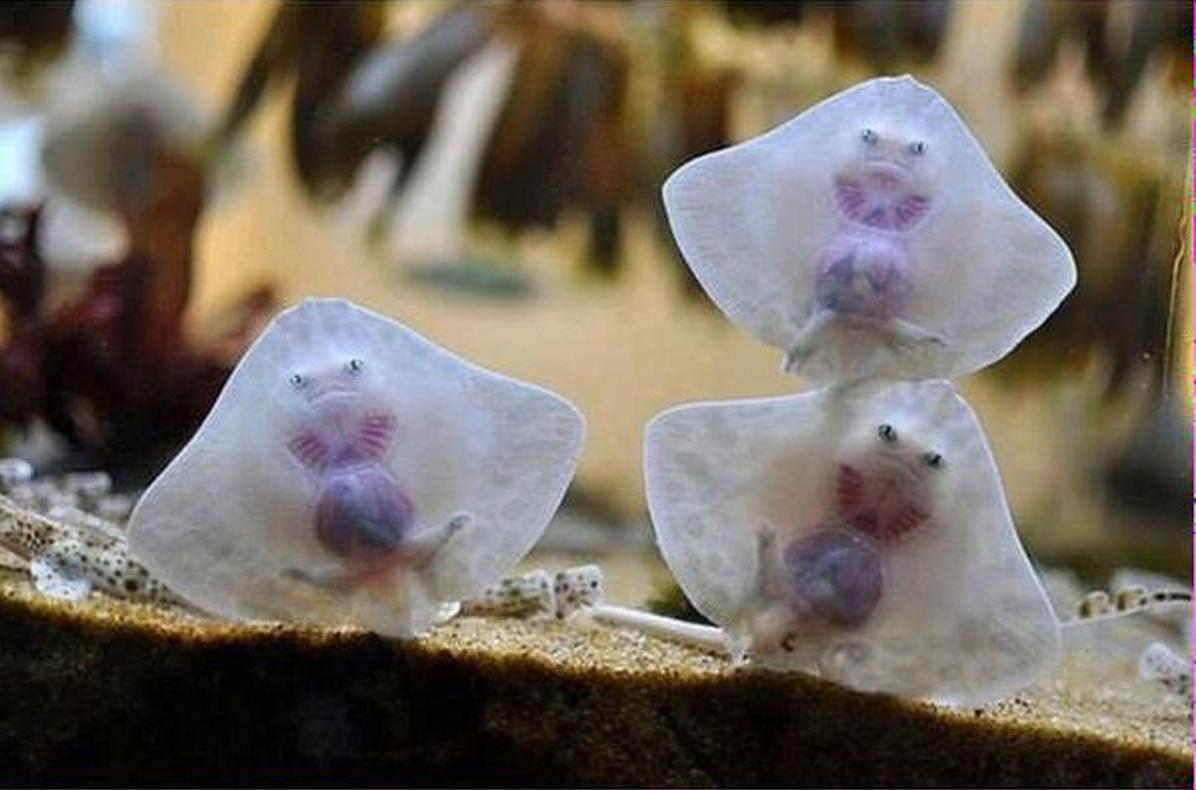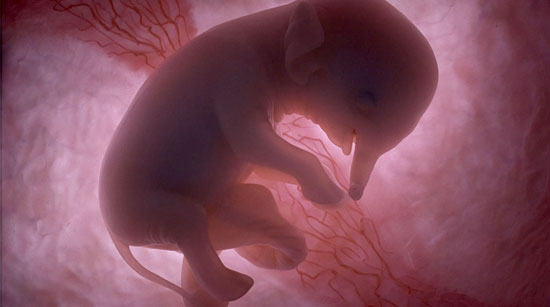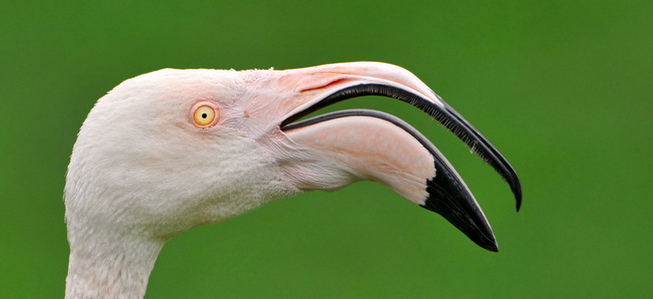If yeast sex is simple, how complicated is sex in multicellular organisms? Actually, the act of sexual reproduction in plants and animals (including humans) is essentially identical to that of yeast, fungi, plants and animals, including humans. Multicellular organisms have two different copies of the genome in every cell. Like yeast, to undergo sex we need meiosis to occur. Specialised sexual cells duplicate the two genomes, cut and paste them into four unique genomes, and then divide into four daughter cells. These cells are either large cells containing a single genome and lots of energy (the female egg) or small cells containing nothing more than just a single genome (the male sperm). When they combine the new cell has two genomes, one from the female parent and one from the male parent. Importantly, just like yeast, the offspring that results has a unique genetic composition. The two genomes that the offspring possesses are each novel, created by the combination of the two unique genomes in each parent.
While sex for multicellular organisms is identical to yeast at the cellular level, at the sex determination level things get very complicated. There are many different ways for determining whether an individual is male or female. As a measure of the broad diversity of ways in which species have solved the sex determination problem we can look at a few different examples: clownfish, crocodiles, humans, whiptail lizards and komodo dragons. And this is not including some of the really complicated systems that exist, such as in earthworms, bees and platypi.
Clownfish and crocodiles
Clownfish and crocodiles both have non-genetic sex-determination systems. Males and females have the same genetic make-up and every genome has potential to encode either a male or female individual. The physical manifestations of sex occur due to environmental influences on which set of genetic controls to activate. In clownfish the important environmental influence is the social interaction of other clownfish. All clownfish start out as males. When the sole female in the group dies, the largest male undergoes a rapid sex change and becomes a female. Interestingly, this sex change is reversible – a female moved into a new group where she is no longer the largest will revert back to a male. This plasticity ensures that there is always a breeding female in every group, and that the female comes from the most successful individual in the group.
Like clownfish, crocodiles have no genetic difference between males and females. Unlike clownfish, however, there is no sex plasticity. A male hatches as a male and stays a male for life, a female hatches as a female and stays a female for life. The important environmental influence in this case is the temperature of the egg. If the temperature of the egg is between 31.7°C and 34.5°C the embryo is set as a male, if the temperature of the egg is outside this range the embryo is set as a female. There are several important restraints that this sex determination system has had on crocodile evolution. Firstly, the crocodilian mother has become very active in nest maintenance, as a temperate far from the threshold will result in hatchlings of a single sex. Secondly, this sex determination system has forced crocodiles to maintain a link to land. Other aquatic species, such as dolphins and sea snakes, have been able to become entirely aquatic by giving live birth in the water. These species all have genetic sex determination systems (below). By contrast, crocodiles and turtles need to return to land to lay eggs because a temperature-dependent sex determination system is incompatible with live birth – internal body temperatures are too stable to give the diversity in temperatures required.
Humans and whiptail lizards
Humans and whiptail lizards both use the XX/XY sex determination system. In this system, sex is determined by the combination of sex chromosomes inherited from the parents. XX results in females and XY results in males. As females can only pass on an X chromosome while males can pass on either an X (50% chance) or Y (50% chance) chromosome, this system results in roughly equal numbers of females and males being born. It is very important to note that differences between the sexes are largely not due to genetic differences. Both males and females have the X chromosome, and while females have two copies one of these copies is “inactivated”, making them equivalent to males. The only substantial genetic difference between males and females is the presence of the Y chromosome in males. This Y chromosome is tiny (only 2% of the human genome) and is mostly made of up junk. The only essential gene on the Y chromosome is the SRY gene.
All human embryos, whether XX or XY, spend the first six weeks as females. At this point embryos with the XY genome express the SRY gene in the genital tissue, starting the development of testes. The testes then express testosterone and the embryo detects this testosterone production through the androgen receptor. The effect of this production is a complete remodelling of the genitalia from female into male between 7 and 12 weeks gestation. Many different genes are used to initiate the “male” program instead of the “female” program, but only the SRY gene is on the Y chromosome. In other words, females have all the genes required to develop the physical attributes of a male, and males have all the genes required to develop the physical attributes of a female, and only a single gene decides which program is used. When thinking about physical differences between males and females it is not helpful to think about genetic variation, such as exists between different populations of humans. Instead the best comparison is to think about your heart and your liver. Both cells have the same genome, the same genetic code, but the two cells have initiated different programs from the same code so that the cells can perform different functions.
Most whiptail lizards use the same XX/XY system as humans, with XX lizards being female and XY lizards being male. However 15 species of whiptail lizards have reverted to an asexual system of reproduction. These species consist only of XX females. The females still undergo sexual meiosis to create an egg with a single X chromosome, however in the absence of sperm these eggs spontaneously duplicate their genome to become XX females, in a sexual system called parthenogenesis. It is unclear as to why these whiptail lizards have evolved to abandon the advantages to sexual reproduction, however a clue may be the environment they live in – the dry deserts of North America. It is likely that with the low population densities of lizards living in a desert finding a mate becomes very difficult. By breeding through parthenogenesis females can still reproduce even if they fail to find another lizard, and furthermore every individual offspring is capable of bearing young, allowing more efficient use of resources during dry times, and faster population growth during wet ones.
Komodo dragons
The ZW/ZZ sex determination system used by Komodo dragons is essentially the opposite of the XX/XY system. Here, ZW results in a female while ZZ results in a male. As with the Y chromosome, the W chromosome is a minor chromosome with few functions beyond sex determination. When breeding, a female Komodo dragon can pass on either a Z or W chromosome while a male Komodo dragon can only pass on a Z chromosome. This results in 50%:50% females to males. Interestingly, the Komodo dragon has also developed parthenogenesis, like the whiptail lizard. A female Komodo dragon kept alone will have spontaneous genome duplication of an egg. The outcome, however, is the opposite of that occurring in the whiptail lizard. The whiptail lizard female, using the XY sex determination system, can only pass on an X chromosome, so duplication results in an XX female. The female Komodo dragon, however, uses the ZW sex determination system, so the egg could either have a Z chromosome and duplication to be a ZZ male, or it could have a W chromosome and duplication to become an unviable WW embryo. In practise, therefore, this means that female Komodo dragons that revert to parthenogenesis will always generate ZZ males. This means that a lone female washed up on a new island will generate male offspring by parthenogenesis, allowing later sexual reproduction. What is the advantage of this system of parthenogenesis? There are two likely possibilities. The first is that it avoids the spiral into an inbred population that occurs in whiptail lizards, with only a single necessary parthenogenic generation interrupting sexual reproduction. This may be a more appropriate adaption to the “rich uninhabited island” scenario, with the XX parthenogenic strategy more suitable for the “low population desert” context. Alternatively, and equally plausible, the ZW parthogenesis strategy is less efficient than XX parthenogenesis in both contexts (or vice versa). Since evolution always works from the current genetic situation in incremental steps, non-ideal compromises are common.
 Saturday, June 10, 2017 at 11:03PM
Saturday, June 10, 2017 at 11:03PM  evolution
evolution 








